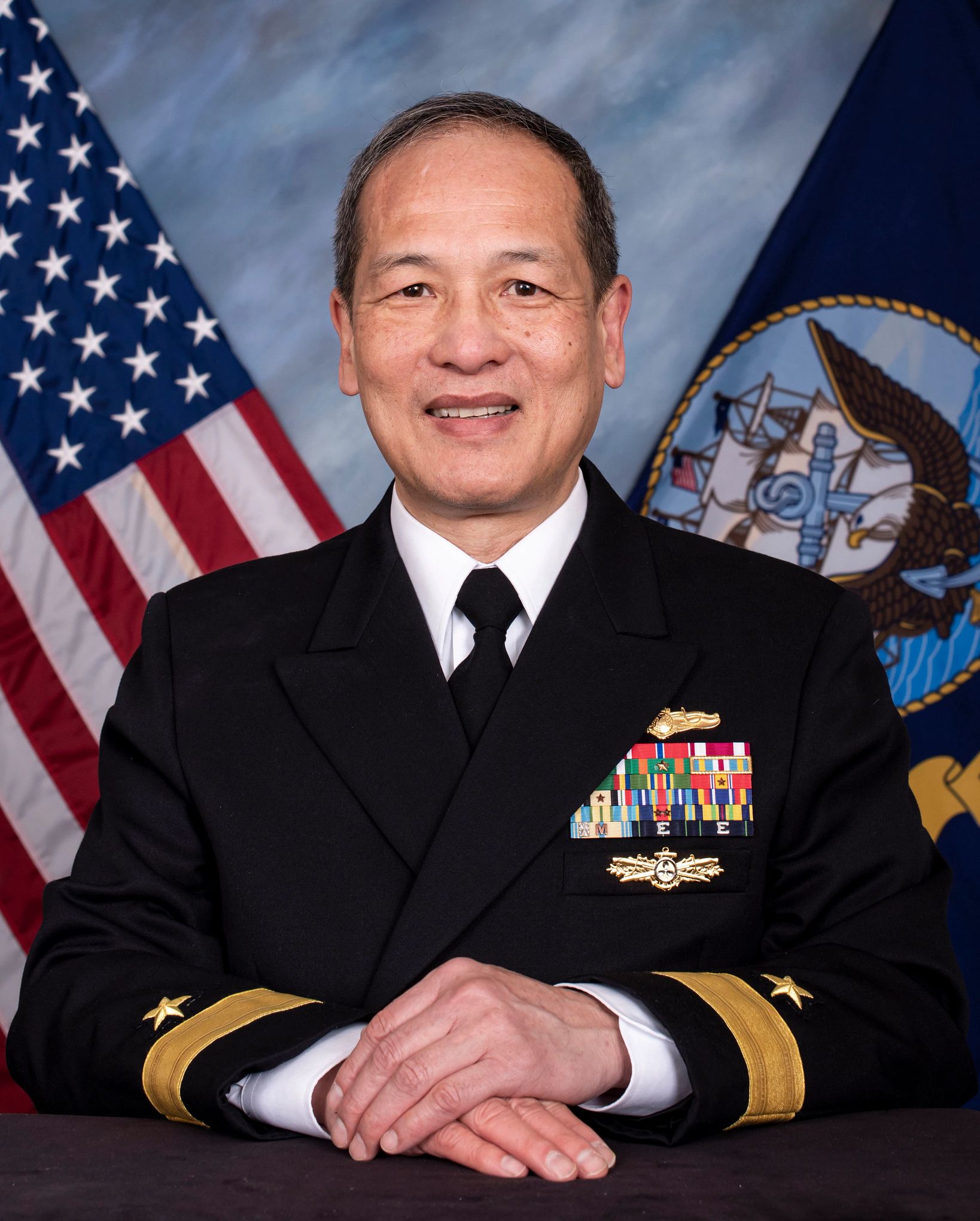AARP Hearing Center


A military leader. A real estate developer. A businesswoman. A filmmaker.
These are some of the refugees who fled Vietnam at the fall of Saigon, 50 years ago in late April 1975. Communist North Vietnamese forces overtook the seat of the U.S.-supported South Vietnam government, bringing an end to the bloody and brutal Vietnam War, but prompting some 125,000 people to flee their country, fearing the new government rule.
President Gerald Ford supported policies to accept refugees into the United States, and today, Vietnamese Americans represent the largest group of resettled asylum seekers in this country’s history. As of 2022, the U.S. Census Bureau reported, about 2.3 million people of Vietnamese descent were living in the U.S.
Vietnamese-born immigrants living in Florida and Louisiana have served in the U.S. Congress. Some have reached elite ranks in the U.S. military, such as Viet Luong, the first U.S. Army general born in Vietnam. And Quang Pham, who fled Saigon in 1975, went on to fly helicopters with the Marines in Desert Storm and is now a biopharmaceutical company CEO and author. Another Vietnamese-born American writer, Viet Thanh Nguyen, won the Pulitzer Prize. And Eugene H. Trinh traveled nearly 6 million miles in space as a NASA astronaut aboard mission STS-50 in 1992.
Here are some of other refugee stories:
‘We Are the Children You Helped’
Cameron Truong McClure, 56
Cameron Truong McClure (her married name) and her family were among the “boat people” who made it out with no help from American authorities. They escaped hidden in a vessel, without food or water. Then 6 years old, she chewed on tea leaves to ward off thirst.
Truong McClure grew up in Santa Cruz, California, and recalls a defining moment in her life. She was about 10, she was walking home from school when a woman approached and asked, “What are you?”
“I’m Vietnamese.”
“My son died for you. You better make something of your life.”





































































You Might Also Like
He Fled Vietnam, Then Remade an American Classic
A Vietnamese refugee’s 50-year journey and his boyhood-dream-come-true career in DetroitHow the Neighborhood Dog Park Helped Me Fetch Some New Friends
Older adults are feeling lonelier than ever, but they might be able to find companionship at the end of a leash
How the Medal of Honor Changed My Life
The story behind ‘the real Forrest Gump,’ veteran Sammy Lee Davis